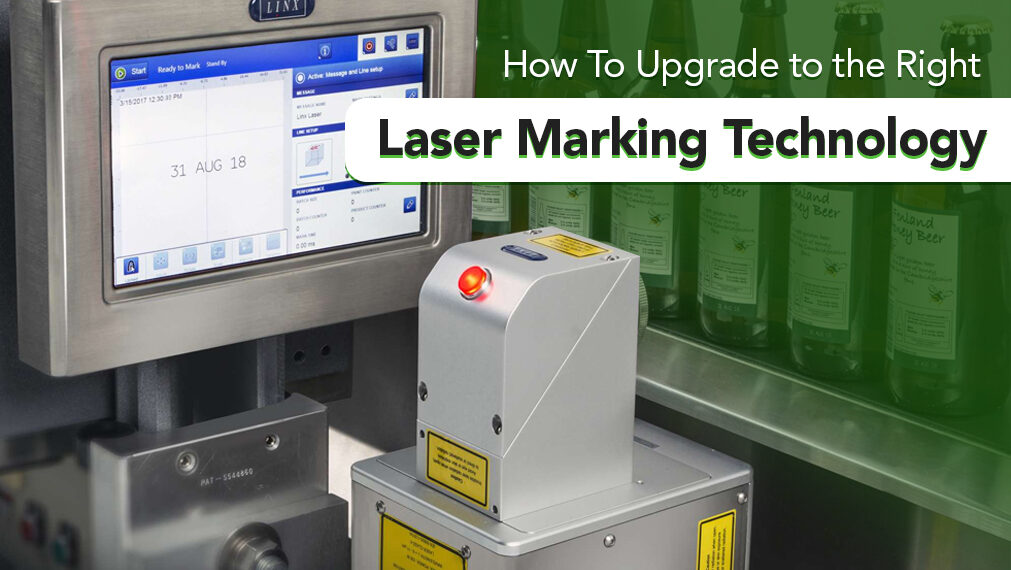Curious as to why manufacturers are upgrading to laser marking technology? It has a vital role in product traceability and works across various industries. Laser marking technology comes with a lot of benefits too.
While its advantages are unquestionable, laser marking is not a one-size-fits-all technology. You have to look into important factors when making the upgrade.
3 Main Factors When Upgrading to Laser Marking Technology
1. Materials to be used
What are the materials that you’ll be marking? Identify the materials to assess compatibility with the laser marking technology to be used. This is an initial consideration to ensure that you’ll get the best results.
There are two categories of materials used for laser marking, namely: organic and non-organic.
- Organic materials – these are carbon-based and come from living organisms. Examples include paper, plastic, wood, and glass.
- Non-organic materials – these come from non-living organisms such as steel, metals, and cast aluminum.
For organic materials, fiber laser machines are most suitable whereas, for non-organic materials, CO2 laser technology is the best choice.
2. Types of markings
Laser markings can be done in different ways and each one leaves a distinctive mark. With the options on the types of laser marking available and the unique marks they create, different applications are also suited for them. For instance, barcode marking should be created with a dark or frosty mark to allow easy reading of the codes. Choose the most appropriate according to your needs. Below is a summary of the types of markings and their applications.
- Engraving – this type of marking uses a laser beam to peel off the outer surface of a material and leave a visible engraving. It is normally used to personalize or customize products. With laser marking technology, engraving can be done on different materials such as leather, wood, glass, and even stones.
- Etching – this marking uses a laser beam to create an engraved marking by melting and raising a material’s outer surface. As with engraving, it is also suitable for product customization. However, this type of marking supports a wider range of materials. It also has a lower cut depth which reduces the permanency of the markings. Due to its high energy requirement, fiber laser markers are the only machines that can be used for laser etching.
- Layer removal – for this type, the covering layer of a product is vaporized using a laser beam to expose the main material and create a marking effect. Laser layer removal is used for indirect marking of label-coated materials. Both fiber and laser marking technology can be used for this type of marking.
- Carbon migration – also known as ‘black annealing”m this type of marking involves the heating of the material to bring the carbon to its surface, make it dark, and leave behind carbon-containing compounds. Here, metals can be used.
- Bonding – as an additive technique, it involves binding a material to the surface of the material being marked. It doesn’t include the removal of the part that will be marked and is usually suitable to mark materials such as glass, stoneware, and metals.
3. Safety considerations
Where will the laser marking technology be placed? The setting, type of location (whether confined or not), the presence of other marking systems, as well as the hazards present must be taken into consideration.
The assistance of a professional installer may be required for certain conditions. Safety must not be overlooked including safe entry, confinement, safety features, and the safety requirements of laser marking technology.
ALSO READ: Is it Time to Invest in a Laser Date Coding Machine?
Laser Marking Technology is the way to go for manufacturers who are particular about branding, versatility, and traceability. Make sure that you’ll be guided when upgrading to this technology to reap the most of the benefits that it can provide.
Know the right laser marking technology that’s suitable for your requirements. Talk to us so we can assist you.

